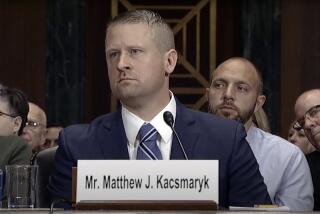This unusual scientific paper included a marriage proposal (and she said yes!)
The website Retraction Watch is known for tracking frauds and errors that somehow make it into some of our most prestigious scientific journals, only to be withdrawn. Last week, it spotlighted another aspect of an important paper that you don’t see every day: a marriage proposal the lead author slipped into print.
The proposal appeared in the “acknowledgments” section of the paper, which reports the discovery of a new horned dinosaur related to triceratops, thanks to an examination of a nearly complete skull at the Royal Tyrrell Museum of Palaeontology in Drumheller, Alberta.
The lead author, Caleb M. Brown, a post-doctoral fellow at the museum, appended the following note:
“C.M.B. would specifically like to highlight the ongoing and unwavering support of Lorna O’Brien. Lorna, will you marry me?”
O’Brien, who holds a doctorate in paleobiology, works at a lab at the museum, according to CBC/Radio-Canada. The CBC reports that she said yes.
Current Biology says this is “a first” for the journal, and that it was aware of the proposal. “We are wishing the very best for the couple,” a spokesman told Retraction Watch. So, too, are Retraction Watch’s readers, one of whom expressed the hope that “this being Retraction Watch, let’s hope for the couple’s future that the paper will not be retracted.”
Another wondered whether this proposal wouldn’t set off a new variety of scientific competitiveness in which “people will start competing to get their marriage proposals published in ‘better quality/more selective’ journals.”
Back to the dinosaur: it’s known formally as Regaliceratops peterhewsi, a name derived from its horned frill, which resembles a crown, and Peter Hews, the researcher who first unearthed the skull from an Alberta outcropping about 10 years ago. But the researchers have taken to calling it “Hellboy.”
Brown and his co-author, Donald M. Henderson, say the discovery adds to our understanding of dinosaur evolution, particularly the evolution of horned ornamentation. For more, consult their paper here, or Current Biology’s press release here.
Keep up to date with the Economy Hub. Follow @hiltzikm on Twitter, see our Facebook page, or email michael.hiltzik@latimes.com.







